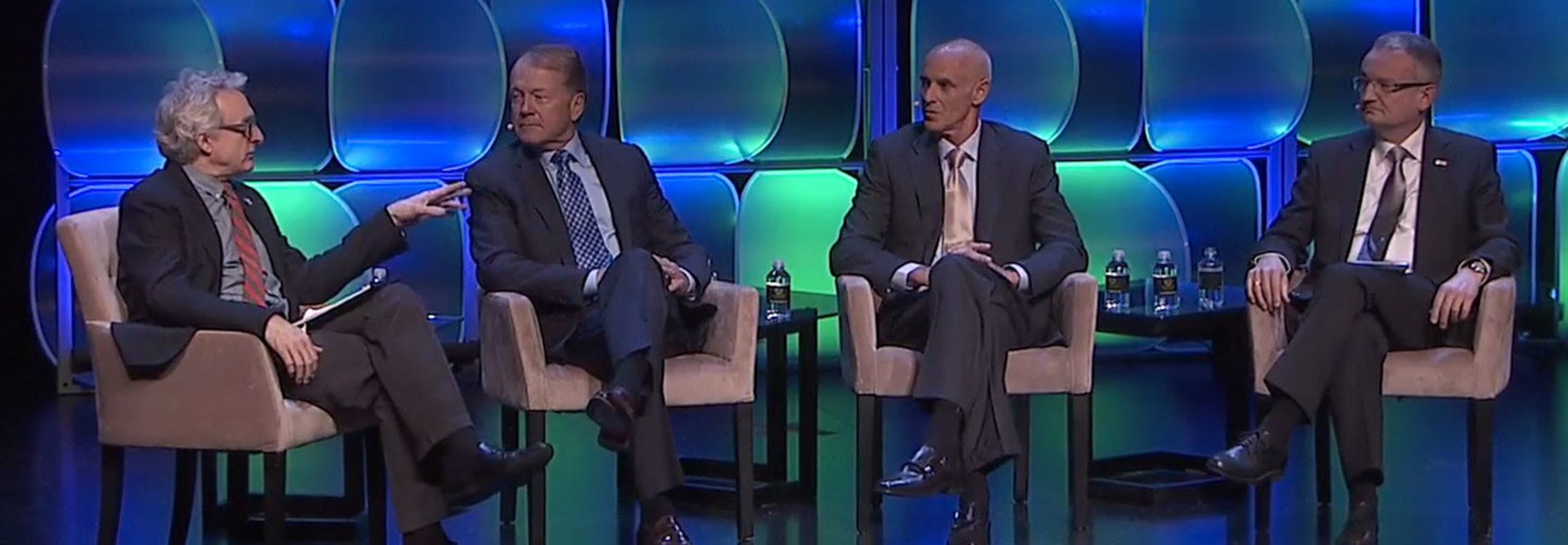CES 2015: Companies Must Innovate Before Others Do It for Them
Innovate or die tryin'. No, it's not the name of a new 50 Cent album. It's actually Cisco Systems CEO John Chambers' approach to ensuring that his company remains viable and competitive in the digital age.
Chambers shared his point of view during the Fast Innovation Keynote at this year's International Consumer Electronics Show (CES) in Las Vegas. Comcast Cable CEO Neil Smit and Robert Bosch Chairman Werner Struth joined Chambers on the panel as well.
“In the high-tech industry, our competitors from 15-20 years ago, none of them exist. And from 10-15 years ago, great companies, Alcatel, Lucent, Nortel, Ericsson, are a shadow of where they were before. And the same thing will happen to Cisco if we don’t constantly change and innovate," said Chambers.
“We’ve changed more in the last year, organizationally, to position ourselves for the future, than we have in any five years before that," he added.
The blistering pace of innovation is so powerful that Chambers made the bold prediction that a significant chunk of the Fortune 500 will be gone in the next decade.
"In 10 years, 40% of Fortune 500 companies will no longer exist." - John Chambers #CES2015 http://t.co/G3tsApGUFT pic.twitter.com/eNfYe4KcQq
— Cisco (@Cisco) January 8, 2015
While all this talk of disruption, innovation and transformation sounds downright painful, Chambers views it as the lifeblood of Silicon Valley and the technology industry. More importantly, he views it as an opportunity. And the biggest opportunity that he sees for the IT industry lies in the Internet of Things, or the Internet of Everything, as Cisco prefers to call it. Chambers' preference for this term stems from his belief that a single connected device in and of itself isn't terribly useful. But a connected device that ties into a larger story or solution is.
"If it’s only a connected basketball at an NBA game, that’s not gonna give you much. But if you think about how you change the whole fan experience, first in the stadium then virtually with Comcast and others to the home, and you’re able to see the heartbeat of the player when they’re shooting a tough foul shot, and you’re able to see their vertical jump and you’re able to see the speed at which they’re dribbling. It’s when you connect all this and get relevant information to an outcome, that you get the desired results," said Chambers.









